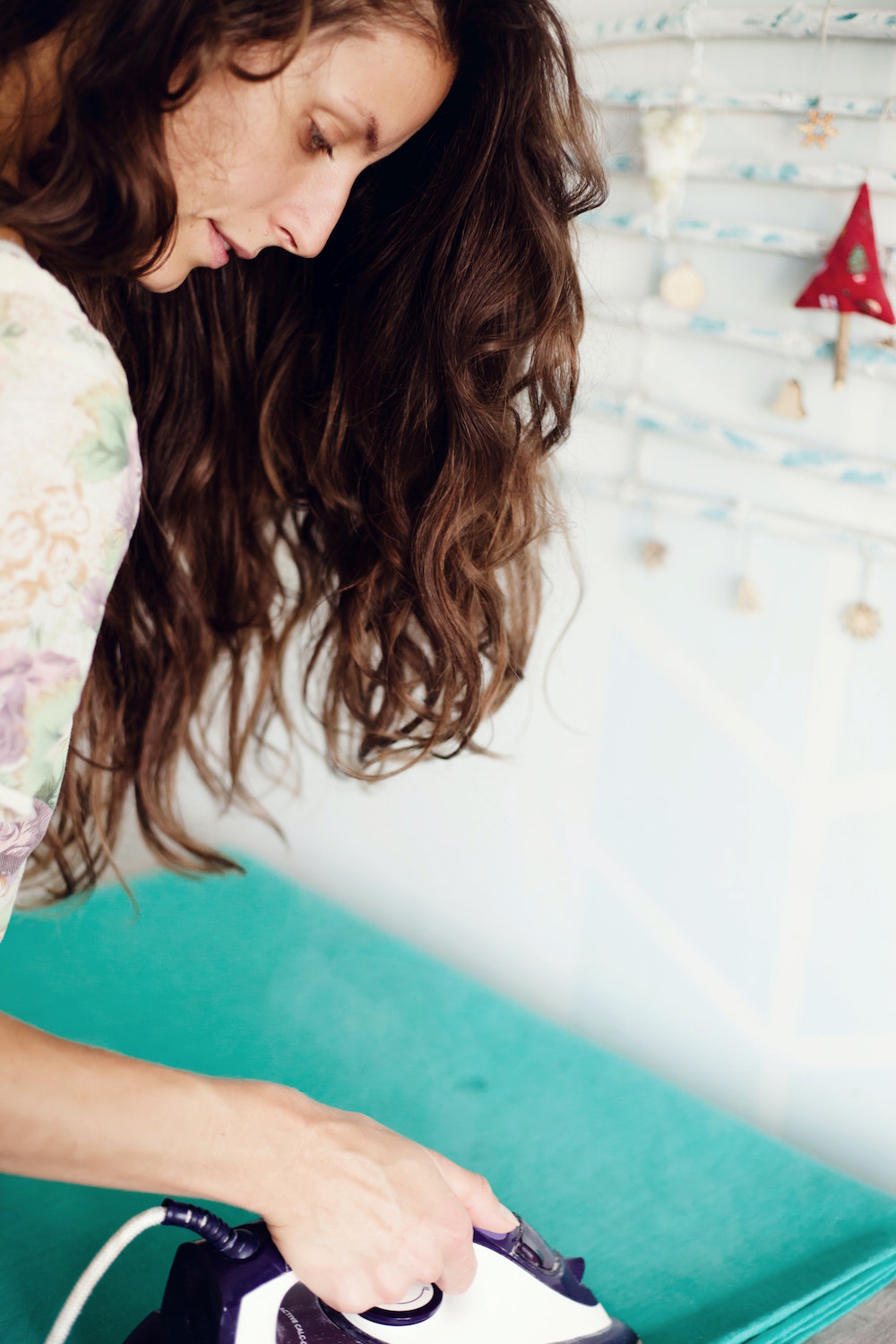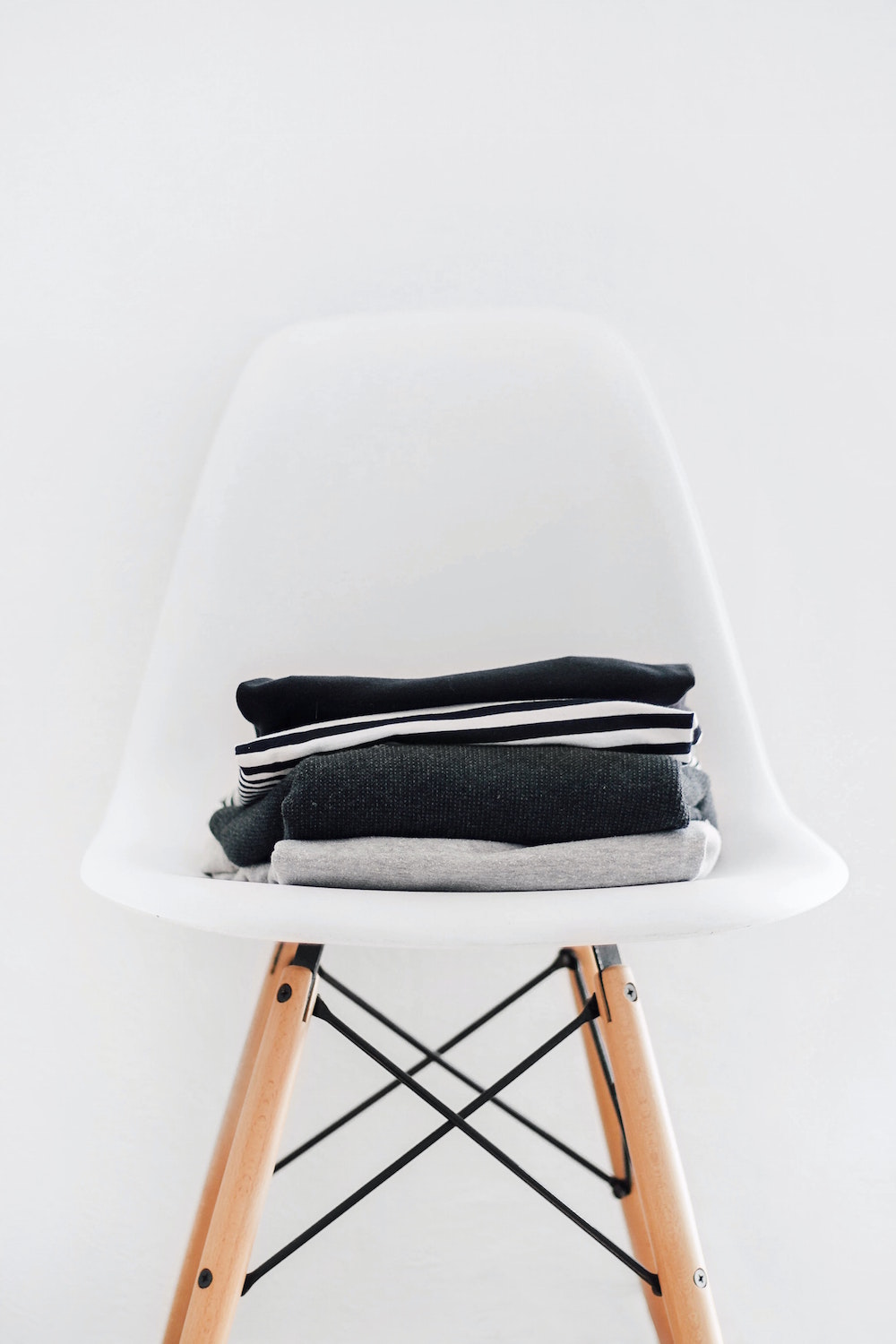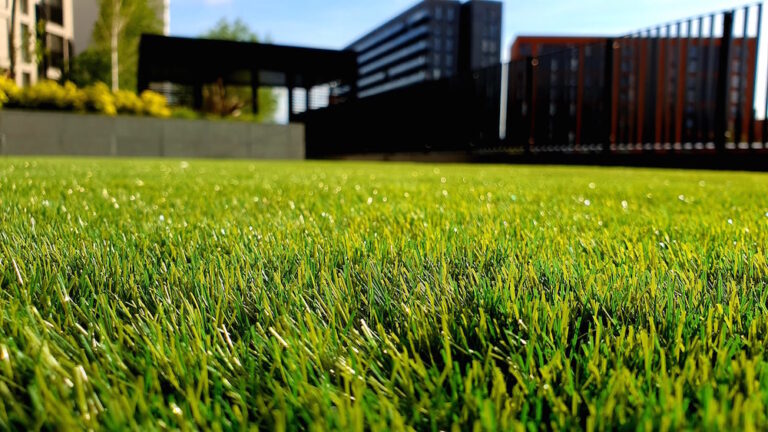How to Iron Your Clothes Properly
It’s everyone’s least favorite time of the week – ironing time! Most people dread picking up the iron and often make mistakes while ironing. Do you ever find yourself frustrated with the iron, the ironing board, the results you get, or yourself whilst ironing!? If this is the case, please do read on, as we are going to give you some simple tips for ironing your clothes properly!
The Right Tools!
It may sound simple, but before anything else, you need a decent iron and ironing board. The clever folks over at https://homecult.org say you need to find the “very best steam irons for power, steam output, build quality, comfort and ease of operation”. So let’s discuss it! Which iron is best for you and why?
Iron
You can’t iron your shirts without an iron! There are many options out there and a vast difference in prices on the market. The most common iron these days is the steam iron. But what makes a good steam iron? Well, firstly it needs to get hot enough and produce enough steam! A lack of steam can cause you to burn your clothes and permanently damage them. Too much steam and you’ll burn yourself! Look for reviews on adequate steam and temperature levels. Irons also come in a variety of sizes, which is potentially something to consider. You may prefer a lighter, easier to carry iron if you are smaller yourself! Consider an ergonomic handle for ease of use as well.
Ironing Board
Believe it or not, there are also different types of ironing boards, which can affect the outcome of your ironing. You need to pick the ironing board which suits your individual needs, much like anything else practical you pick for your home. Most standard ironing boards fold away – great for storage, and most are also adjustable. Adjustability is important as you always want to iron at a height that is comfortable for your back. There are also smaller, more compact ironing boards. If you live in a very small home or do very little ironing, this could be a choice for you. Be warned though, less surface area can lead to awkward positions and more challenging ironing!
Other Considerations
There are also steamers, where you simply hang your clothes and steam them, to create a nice even surface. However, these tend to be more expensive and take up a lot more room. Believe it or not, the water you use could make a difference too. Hard water can cause limescale and impede your iron’s ability to create ample steam. The best to use is demineralized filtered water, to prolong the life of your iron and give you great steam!
What About My Technique?
Glad you asked! Following on from having the best gear and comfortable set up for you, you need to make sure you are ironing properly! Let’s break down a good ironing technique…
Firstly, sort your laundry. Some materials require different treatment to others. For example, cotton can be ironed at a much higher temperature than silks. You can find instructions on most labels which show you what temperature to set your iron at for those particular fabrics, check these if you are unsure.
When ironing cotton and/or polyester blended fabrics, make sure they are damp before placing the iron onto them. You can do this with a spray bottle, but most irons have a spray setting on them. Light dampness, along with the steam of the iron, makes sure you cannot burn the fabric.
Another important tip is that some items will require turning inside out before ironing. Some more delicate materials should be turned inside out, so should shirts with screen printed logos. Ironing overprints can cause discoloration and burning, so remember to turn these inside out! Delicate materials that require turning out include silks, velvets, and cord.
Now, place your item flat on the ironing board. If it’s a t-shirt, you need to place the t-shirt over the end of the ironing board so you are only ironing one side at a time. This stops you from creasing the back whilst ironing the front, or vice versa. With pants, iron the waistline first and work your way down the leg, one leg at a time. Make sure to stick to the seam lines to create the perfect look. When ironing collared shirts, the process is similar. Iron from the collar down the sleeve, each side, then moves onto the body of the shirt. Other items may be more complex, but this covers everything you should need to know for the basic items!
You should now be fully equipped to become a master of the ironing board! Make sure your setup is comfortable, your equipment is professional, and your technique is correct. Good luck, and happy ironing!









